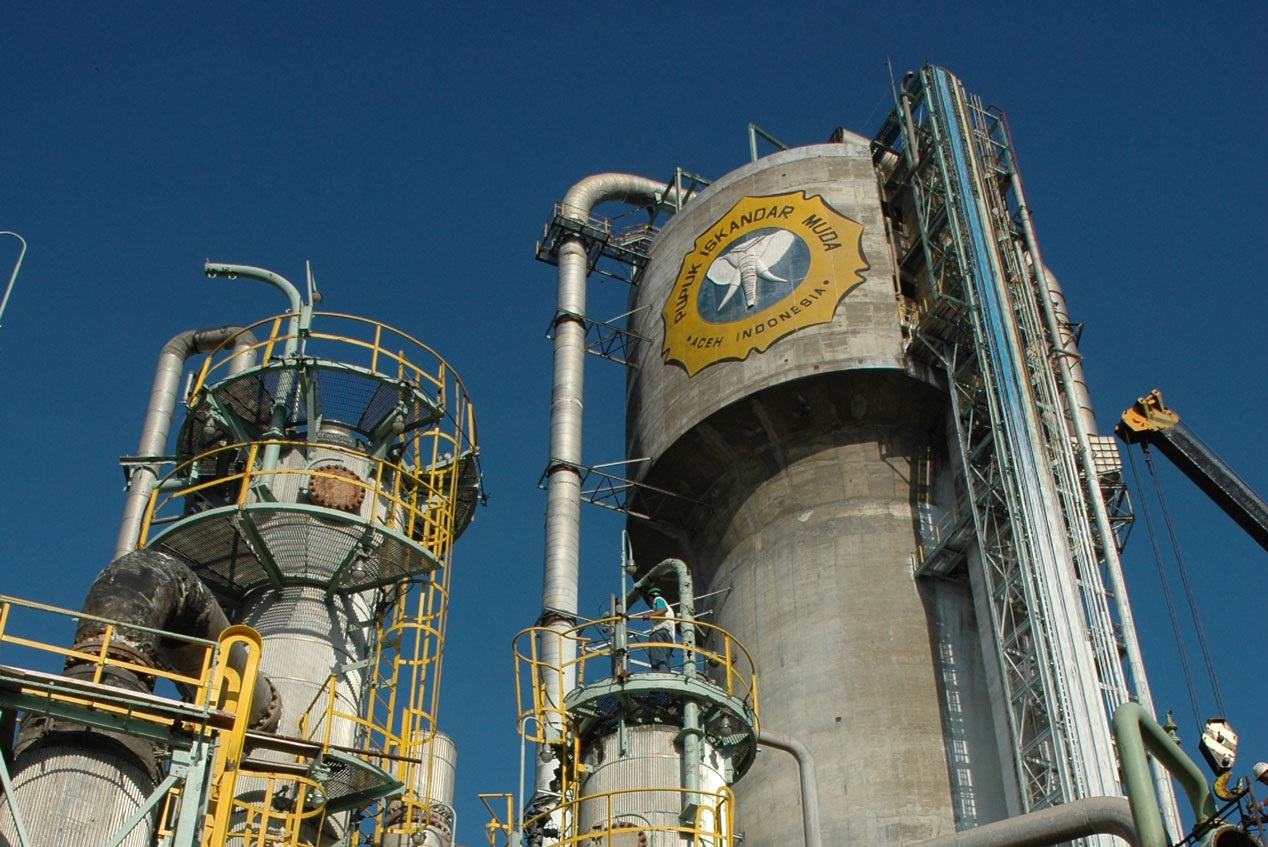
An ammonia processing plant in Aceh province. (Photo: Pupuk Indonesia)
Clean ammonia serves as a low-carbon shipping fuel, a hydrogen carrier, supports thermal power generators and agriculture in decarbonization and is being keen as the new star of energy in the future. Pupuk Indonesia, an Indonesian state-owned fertilizer company, is dedicated to accelerating its development of clean ammonia products, with a primary focus on adopting the demands of countries like Japan and South Korea.
Pupuk Indonesia is one of Asia's leading fertilizer producers. In an interview with Nikkei Asia, CEO Rahmad Pribadi stated “The clean ammonia sector represents the future economy”. The company is currently collaborating closely with Japanese firms and will be ready to supply as per market demand. He emphasized that the chemical industry is the company's next growth engine.
What is clean ammonia, and how does it differ from traditional ammonia?
Ammonia is produced from fossil fuels and primarily used as a raw material for nitrogen fertilizer production, Pupuk Indonesia currently accounts for about 5% of global production. Pupuk is actively developing clean ammonia to expand its market share.
Clean ammonia includes ‘blue’ ammonia and ‘green’ ammonia. Blue ammonia is produced by extracting hydrogen from natural gas and applying Carbon capture and storage (CCS) during the process. This results in ammonia produced from low-carbon blue hydrogen. Green ammonia, on the other hand, is synthesized using hydrogen produced through the electrolysis of water powered by renewable energy sources, resulting in zero carbon emissions during production.
According to Research Nester, the market size for clean ammonia (both blue and green ammonia) was valued at 1.3 billion USD in 2022. It is estimated to grow at a compound annual growth rate (CAGR) of 35.68% from 2023 to 2035 and reach 71.6 billion USD by 2035.
Additionally, S&P Global Commodity Insights reports that as of last year, 99% of ammonia was produced from fossil fuels. Market experts predict that low-carbon ammonia will reach 60 million tons by 2035 and 160 million tons by 2050.
The surge in demand for clean ammonia is primarily driven by the decarbonization of the agricultural sector. Moreover, clean ammonia can serve as a low-carbon fuel for shipping, a hydrogen carrier (since transporting hydrogen in the form of ammonia is easier), and is also used for power generation, showcasing its diverse applications.
Clean ammonia market is taking shape in Japan, South Korea
The clean ammonia market is gradually taking shape, Pupuk Indonesia primarily targeting Japan, South Korea, and Taiwan. Pribadi stated that Japan is a key driver for the clean ammonia market, and that Indonesia benefits particularly from its close proximity to Japan.
Furthermore, in its effort to shake off fossil fuels, Japan aims to reduce carbon emissions from thermal power generation by mixing ammonia with coal gas. The Japanese government predicts that by 2030, ammonia and hydrogen will account for 1% of Japan's total power production. Utilizing clean ammonia also aligns with Japan's "Asia Zero Emission Community" (AZEC) green initiative.
Moreover, market opportunities are emerging in South Korea. South Korea's Ministry of Trade, Industry, and Energy (MOTIE) launched the world's first clean hydrogen and ammonia power generation bidding market on May 24. Although the market is smaller, Taiwan is still a target for Pupuk Indonesia.
Source: NIKKEI ASIA, Research Nester


